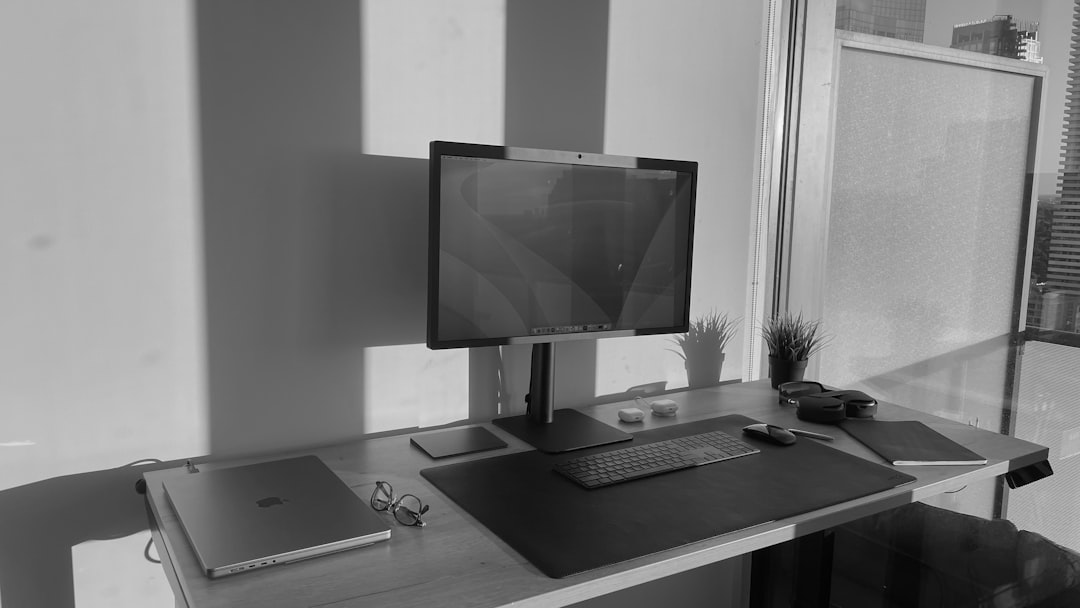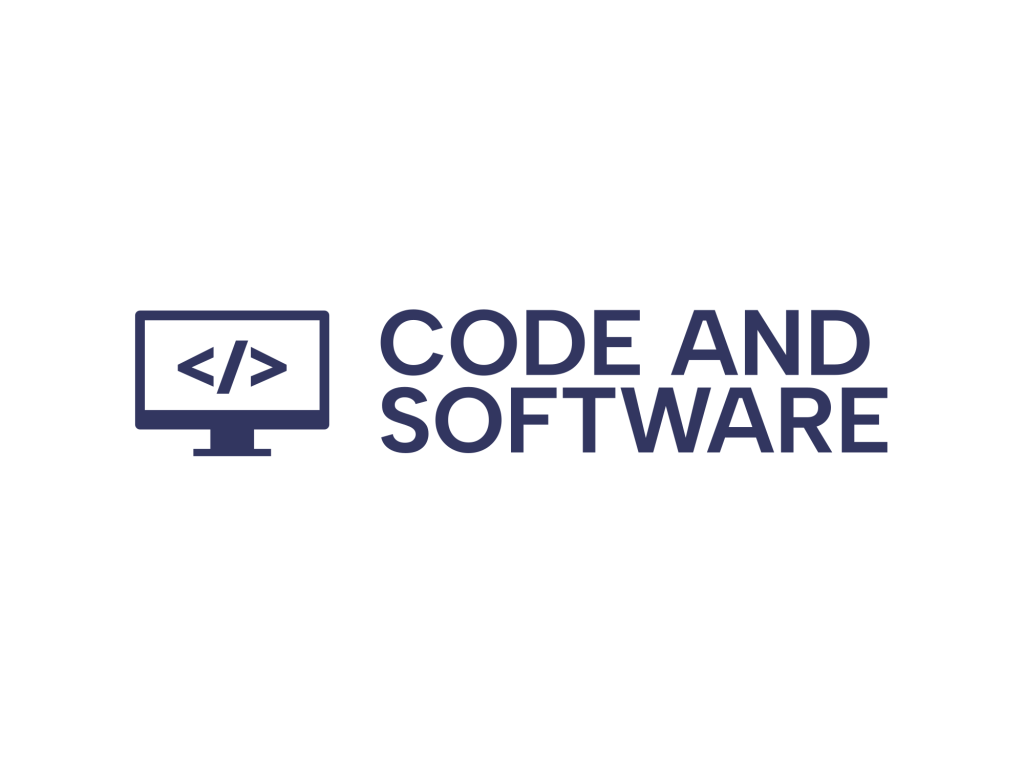Encountering the dreaded “Error Establishing a Database Connection” in WordPress can be alarming, particularly if your website is the face of your business or brand. This critical error brings your entire website down, replacing your pages and posts with a white screen and a single sentence—hardly the professional impression anyone wants to give. Understanding why this happens and how to effectively fix and prevent it is essential for every WordPress site owner.
What Does “Error Establishing a Database Connection” Mean?
This error occurs when WordPress cannot communicate with the database that stores your website’s content and settings. Since WordPress is a dynamic content management system, it retrieves data like posts, pages, user information, and site configurations in real time from a MySQL or MariaDB database. If this connection fails, the framework cannot display your site properly.
This isn’t just a simple bug you can ignore—it’s a full site outage. Your front-end and back-end will become inaccessible, which can mean missed opportunities, lost sales, and damage to your reputation if not addressed promptly.
Common Causes of the Database Connection Error
This error might appear simple on the surface, but a variety of backend issues could be at play. Below are the most common culprits:
- Incorrect Database Credentials – Wrong database name, username, password, or host in the
wp-config.phpfile will prevent connection. - Corrupt WordPress Files – Damaged core files or corrupted themes and plugins can interfere with database access.
- Corrupt Database – Too many failed writes or crashes can result in a damaged database that WordPress cannot interpret.
- Database Server Issues – If the MySQL server is down or overloaded, the connection won’t be established.
- Web Hosting Problems – Shared hosting plans may sometimes lead to limited resources or faulty servers causing connection errors.
- Too Much Traffic – A sudden spike in visitors can overwhelm the server and crash the database temporarily.

Step-by-Step Fixes
Once the error’s source is identified, you can resolve it fairly quickly. Follow these troubleshooting steps to get your site back online.
1. Check wp-config.php File
Your first step should be to examine the wp-config.php file in the root folder of your WordPress installation. Look for the following lines:
define( 'DB_NAME', 'your_database_name' ); define( 'DB_USER', 'your_username' ); define( 'DB_PASSWORD', 'your_password' ); define( 'DB_HOST', 'localhost' );
Make sure each of these values is correct. If you’ve recently moved your site or changed your host, these credentials may need updating. Confirm them with your hosting provider’s documentation or support team.
2. Repair the WordPress Database
If you suspect the database is corrupted, WordPress offers a built-in tool to repair it. Add this line to your wp-config.php file:
define( 'WP_ALLOW_REPAIR', true );
Then navigate to:
http://www.yoursite.com/wp-admin/maint/repair.php
This will open a repair and optimization interface. Once repairs are complete, remove the line from your configuration file to prevent security risks.
3. Check the Database Server
Login to your hosting control panel and access phpMyAdmin. Try connecting to the database directly. If phpMyAdmin cannot access your database or you receive fatal errors, the issue is on the server side.
Contact your hosting provider to check for server outages, monitor loads, or increase your database resources.
4. Restart Web and Database Servers (VPS and Dedicated Hosting)
If you’re using a VPS or dedicated server, you can try restarting your services. The commands often look like this:
sudo service apache2 restart sudo service mysql restart
This clears temporary errors and refreshes the memory allocations, which could resolve transient issues.
5. Update or Restore WordPress Core Files
Corrupt WordPress files can also lead to database connection issues. You can replace your core files with a fresh copy of the same version of WordPress:
- Download the latest WordPress files.
- Delete the
wp-adminandwp-includesdirectories from your server (do NOT deletewp-content). - Upload the new
wp-adminandwp-includesfolders.
This preserves your content and plugins while ensuring your core files are clean and uncorrupted.
6. Disable Themes and Plugins
In some cases, a bad plugin or theme can interfere with the database connection. Try disabling them all:
- Use FTP or your hosting file manager.
- Navigate to the
wp-contentfolder. - Rename the
pluginsfolder to something likeplugins_old.
Do the same with the current theme’s folder (wp-content/themes/your-theme-name). If your site loads successfully after one of these changes, you’ve found the culprit. Activate plugins and themes one by one to isolate the issue.
7. Restore a Backup
If all else fails, restoring a backup from a time when your site was working may be the quickest route to recovery. Be sure to create a backup of your current, broken site before attempting the restore, in case you need to retrieve any recent data.
How to Prevent Future Database Errors
Once you’ve resolved the issue, it’s crucial to take measures that help prevent future occurrences. Here are several preventive strategies:
- Use Reliable Hosting – Choose a host known for excellent uptime and database performance.
- Monitor Database Performance – Tools like Query Monitor and admin dashboards can help track resource usage.
- Regularly Backup Your Website – Use scheduled backups to easily revert to a functional state.
- Keep WordPress, Plugins, and Themes Updated – New releases often include critical bug fixes and optimizations.
- Limit Plugins and Test Them – Only use well-supported plugins and test for conflicts before deploying on a live site.

When to Seek Professional Help
If you’ve tried all of the above steps and still face the error, it may be time to consult a WordPress developer or your hosting provider’s advanced support team. Persistent issues might signal a deeper fault related to server configurations, database corruption, or even malicious interference.
Professional diagnosis and recovery can save you time and prevent further complications. Remember: the stability and availability of your website are foundational to your online presence.
Conclusion
The “Error Establishing a Database Connection” in WordPress is serious, but not insurmountable. With a methodical approach to diagnosing causes and applying the right fix, you can restore your site’s functionality swiftly and with minimal impact. Treat this error as a signal—not just to fix what’s broken, but to strengthen your site’s resilience moving forward. With better hosting, optimized resources, and regular maintenance, you’ll not only prevent this error from returning but also ensure your website runs efficiently and reliably.

